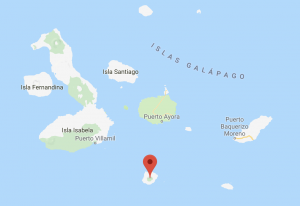Can Algae save the world?
In today’s world with an increasing human footprint across the natural world, scientists believe we may be entering a sixth mass extinction. Fragmented habitats, introduction of invasive species, and climate change are just some of the factors leading to this mass extinction. A lot of species still have yet to be recorded, so the number of extinctions of populations and species documented by scientists are likely to be large underestimates (Barnosky et al. 2011). Climate change is one factor among many that is leading to the loss of biodiversity. Therefore, it is important for scientists to understand how populations respond to rapid environmental change. It is known that evolutionary history may affect risk of extinction within populations due to the accumulation of mutations, or pleiotropy. In one environment certain mutations will be favored, but in others they may have detrimental effects that reduce fitness, or reproductive success of a certain genotype in a population. (genotype being the genetic makeup of an individual) This would lower a population’s ability to withstand environmental change due to the accumulation of mutations which aren’t suited for the new environment. (MacLean et al. 2004) Understanding evolutionary history is crucial for understanding how populations will respond to environmental change caused by climate change. In the October edition of the Journal of Evolutionary Biology there was a study looking at how evolutionary history affects extinction probability. Its title is “The effect of selection history on extinction risk during severe environmental change’. This study looked at how the extinction risk of populations of the green algae Chlamydomonas reinhardtii changed with various stressful environments (Lachapelle et al. 2017).




